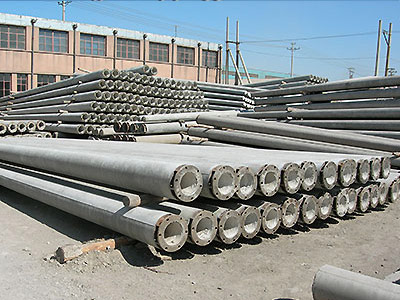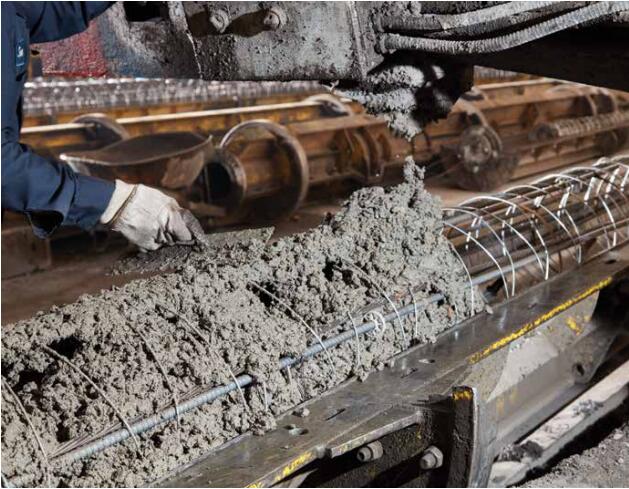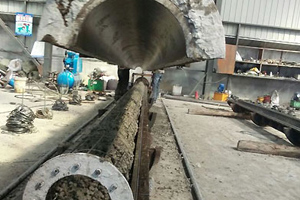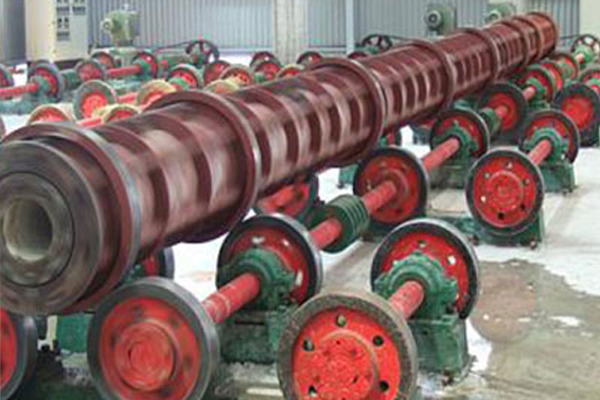The centrifuge is in the implementation international JC/T882 1,996 foundations, especially for the production annular reinforced concrete telephone pole, distribution, and drainage pipe manufactures. Its principle is in makes the centrifugal force using the object which the circular motion produces, causes the concrete to carry on the synthesis dense processing, enables in the unit concrete mixture through the centrifuge high speed rotation to obtain the quite big dense energy, can enable the concrete compactness in a shorter time to meet the anticipated requirements.







The pre-stressing of cement concrete poles is a process in which high tensile steel wires or strands are used to apply compressive stresses on the concrete pole. This process is done so that the concrete pole can better resist tensile forces that it will experience after being installed.
Prestressing is a method used to reinforce concrete or other construction materials with high-strength steel cables or rods. The prestressing process can increase the load-bearing capacity of the material, as well as improve its resistance to cracking and other forms of damage. There are several different prestressing methods, each with its own advantages and disadvantages.
The most common prestressing method is called post-tensioning. In this method, the cables or rods are tensioned after the concrete has been poured and cured. This allows for a more even distribution of stress throughout the structure. Post-tensioning is often used in large projects such as bridges and skyscrapers.
Another prestressing method is called pre-tensioning. In this method, the cables or rods are tensioned before the concrete is poured. This can be done using hydraulic jacks or other mechanical devices. Pre-tensioning is often used in smaller structures such as beams and columns.
There are also a few less common prestressing methods, such as bonded tendons and unbonded tendons. Bonded tendons are embedded in the concrete before it is poured, while unbonded tendons are not embedded in the concrete
Prestressed concrete poles offer many advantages over traditional wood or metal poles. They are extremely strong and durable, and can withstand high winds and heavy loads. Prestressed concrete poles are also resistant to fire, rot, and termites. In addition, prestressed concrete poles are easy to install and require little maintenance.
Prestressed concrete poles are made from a variety of materials, including steel, concrete, and wood. The most common prestressed concrete pole is made from steel, which is strong and durable. Concrete is another popular choice for prestressed concrete poles, as it is also strong and durable. However, wood is sometimes used for prestressed concrete poles as well, depending on the application.